May 16–Jun 30, 2022
-
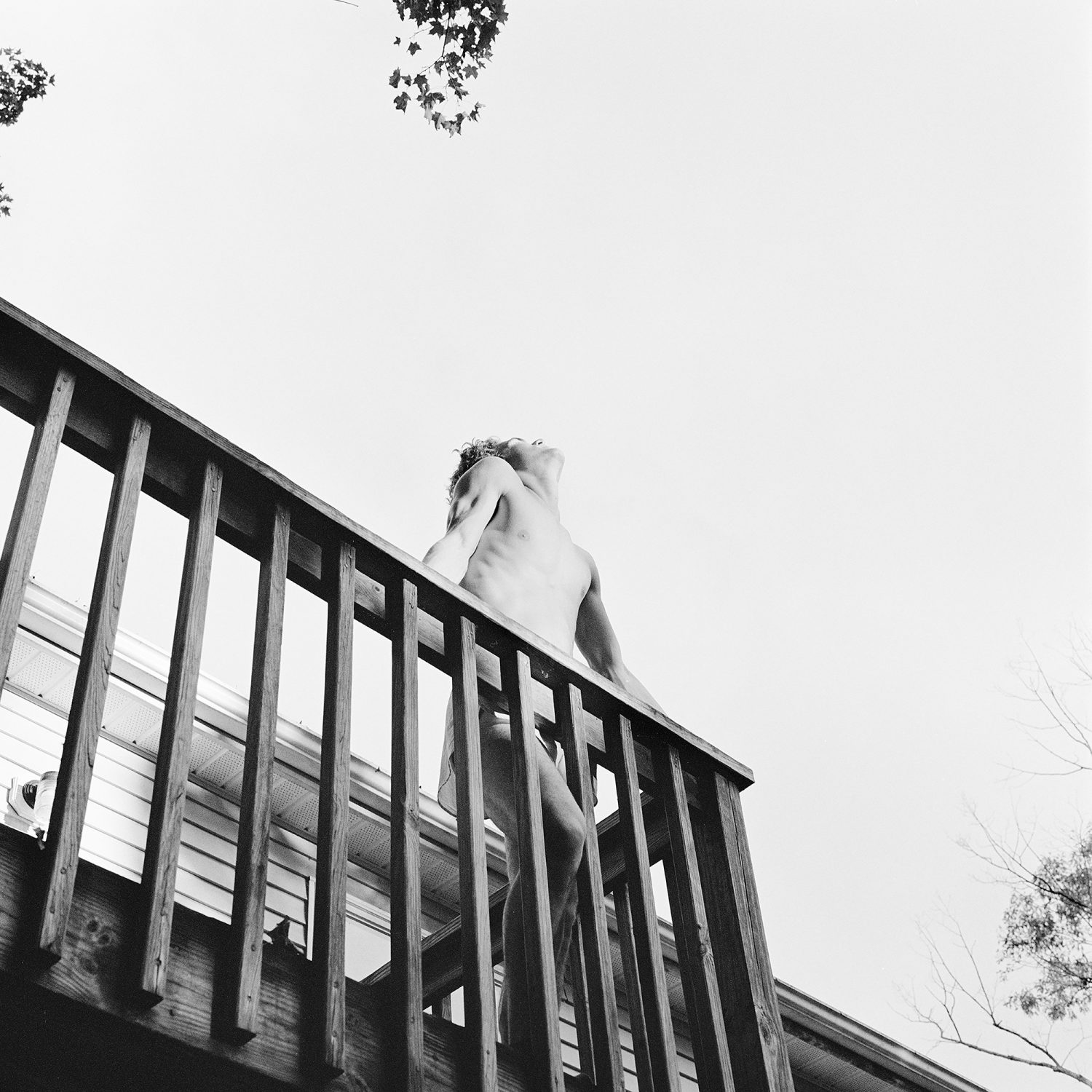
1/11: Bella Convertino, Porch, 2018
-
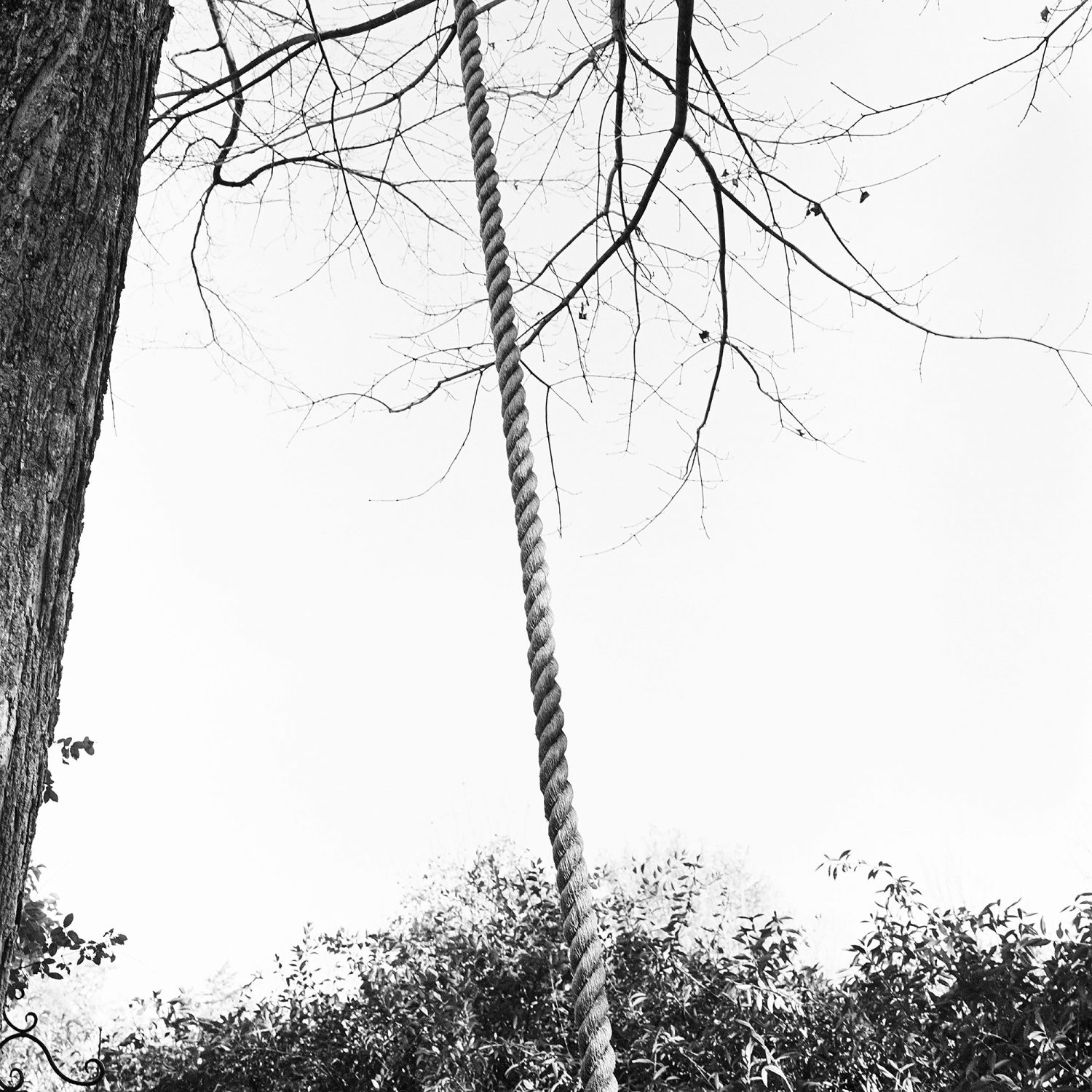
2/11: Bella Convertino, Rope Swing, 2018
-
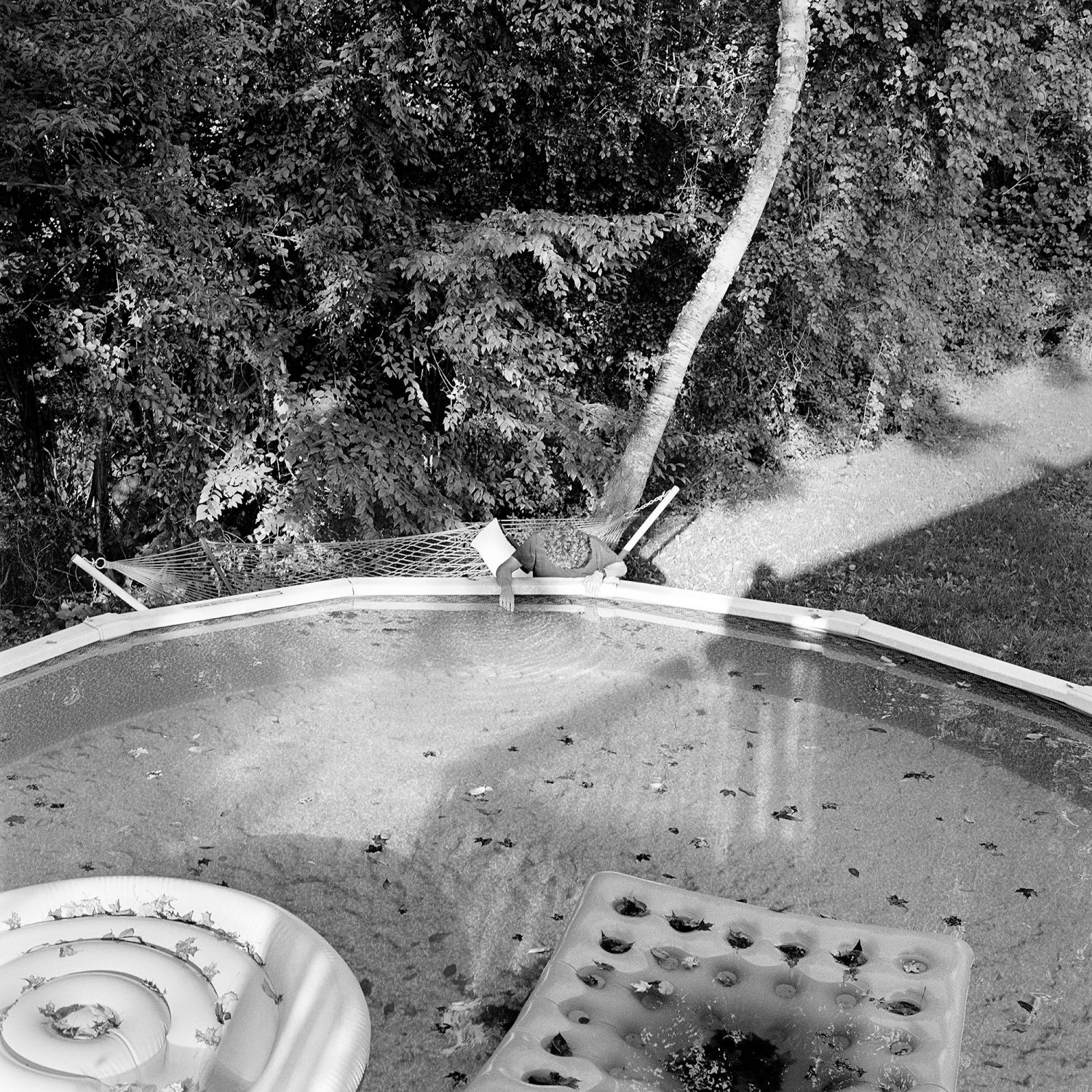
3/11: Bella Convertino, Above Ground Pool (Narcissus), 2018
-
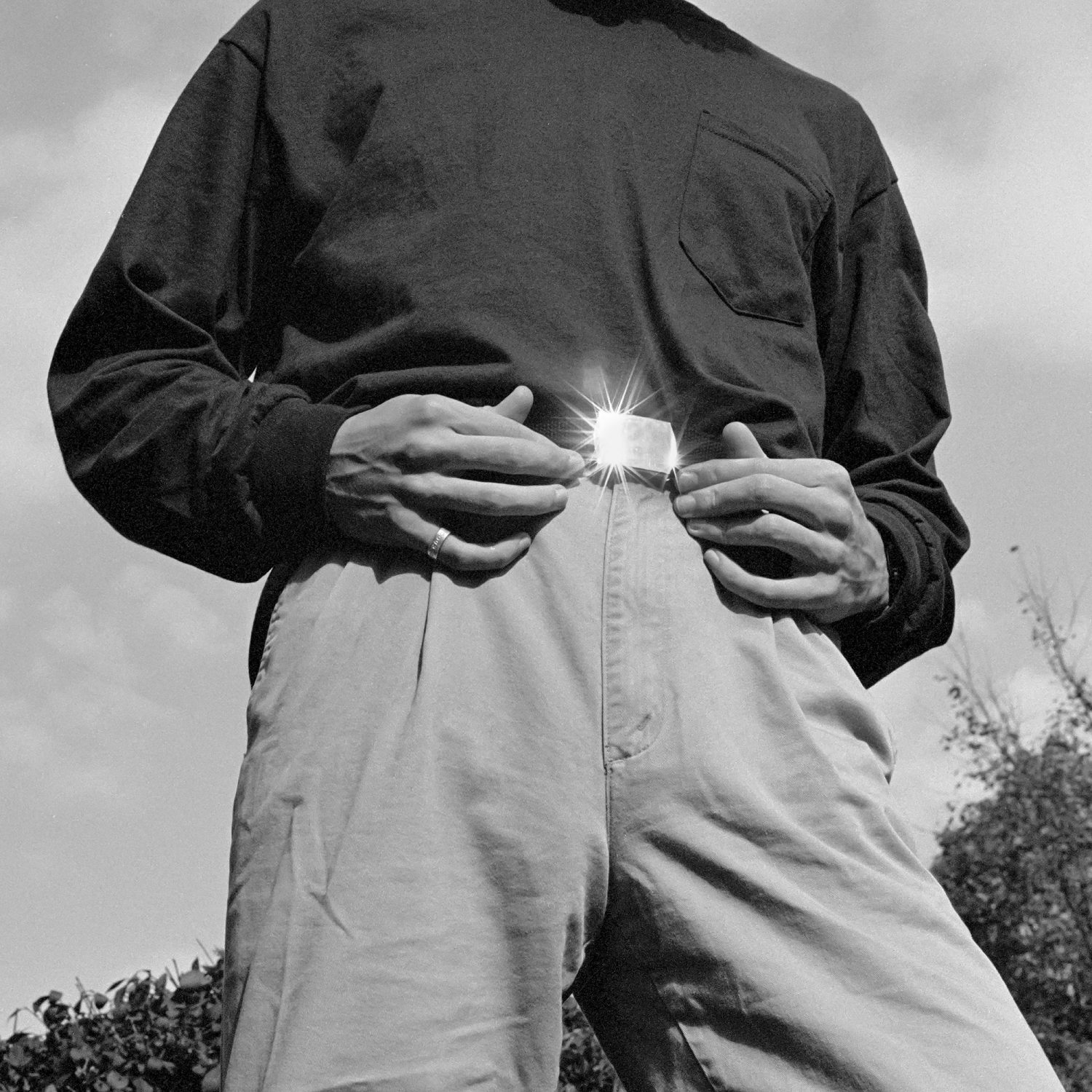
4/11: Bella Convertino, Belt, 2018
-
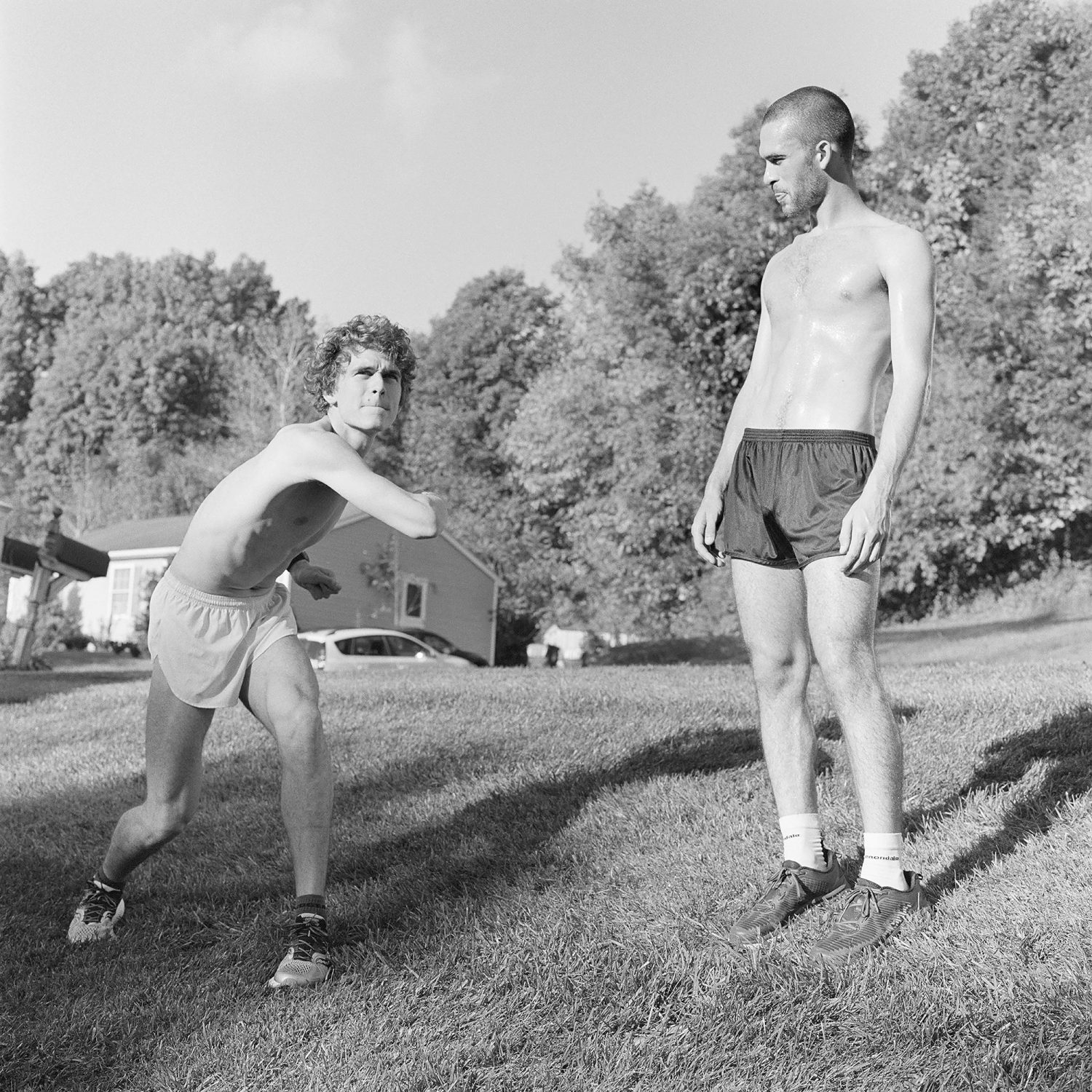
5/11: Bella Convertino, Brothers, 2018
-
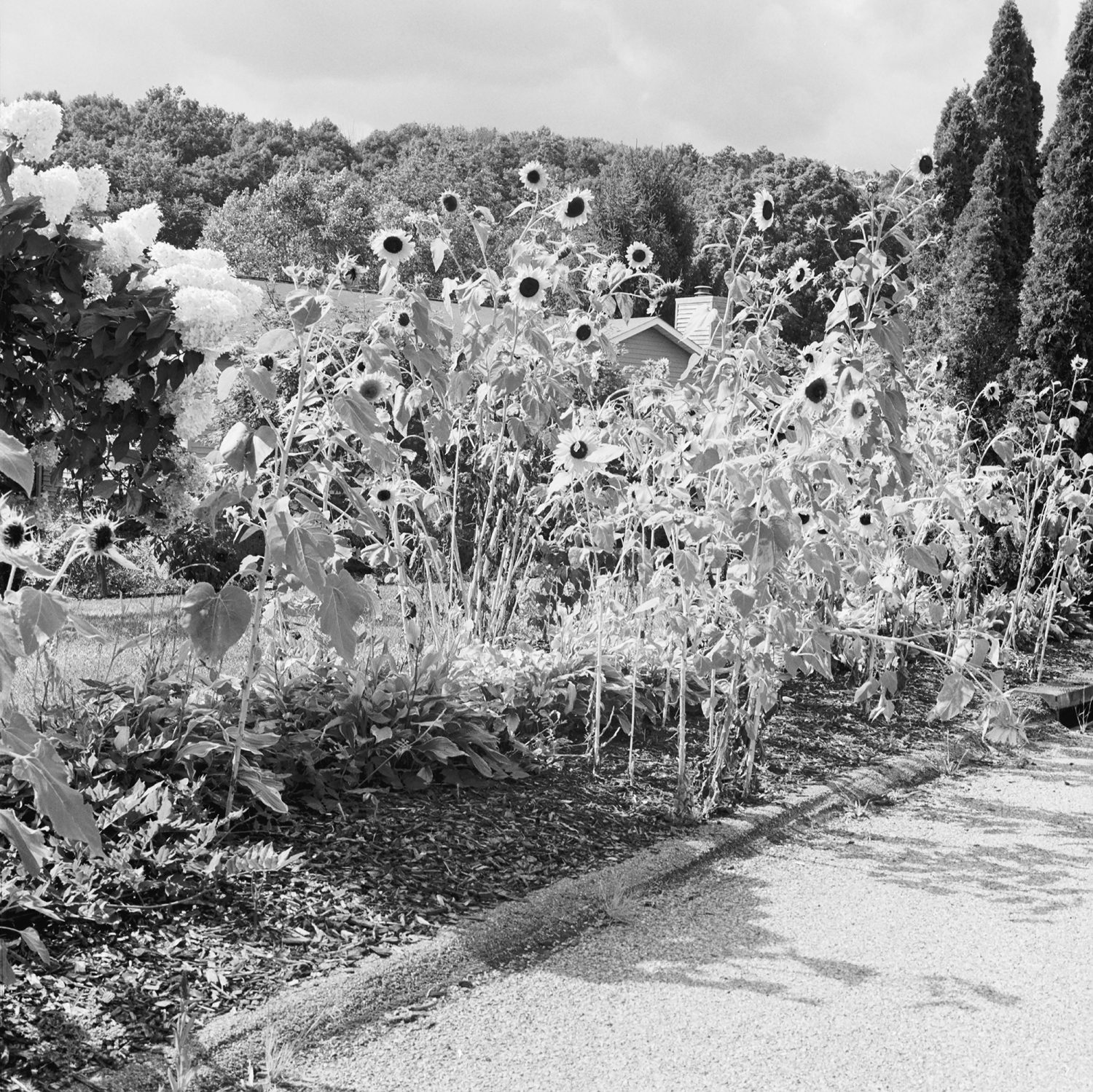
6/11: Bella Convertino, Sunflowers, 2020
-
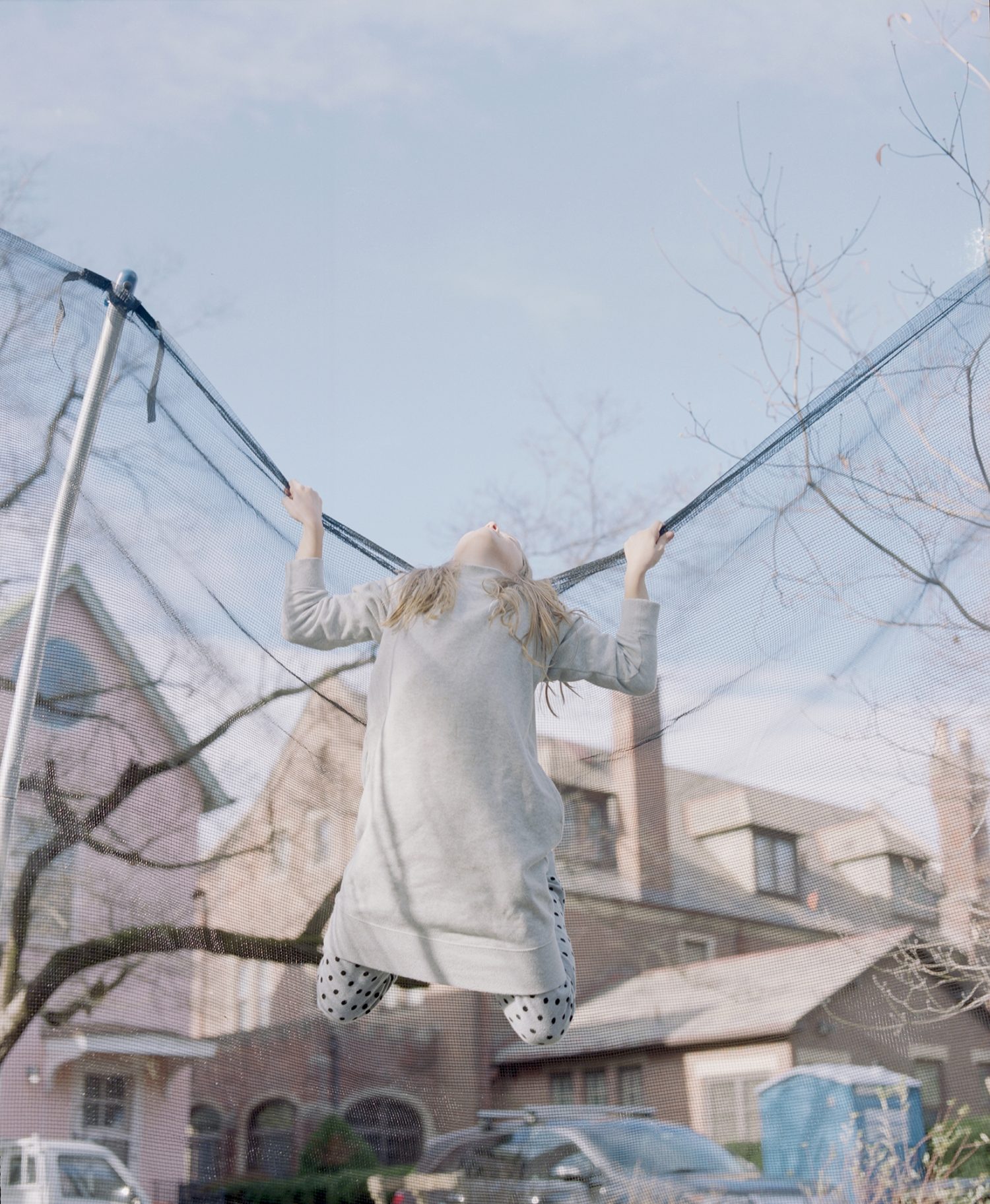
7/11: Bella Convertino, Untitled, 2020
-
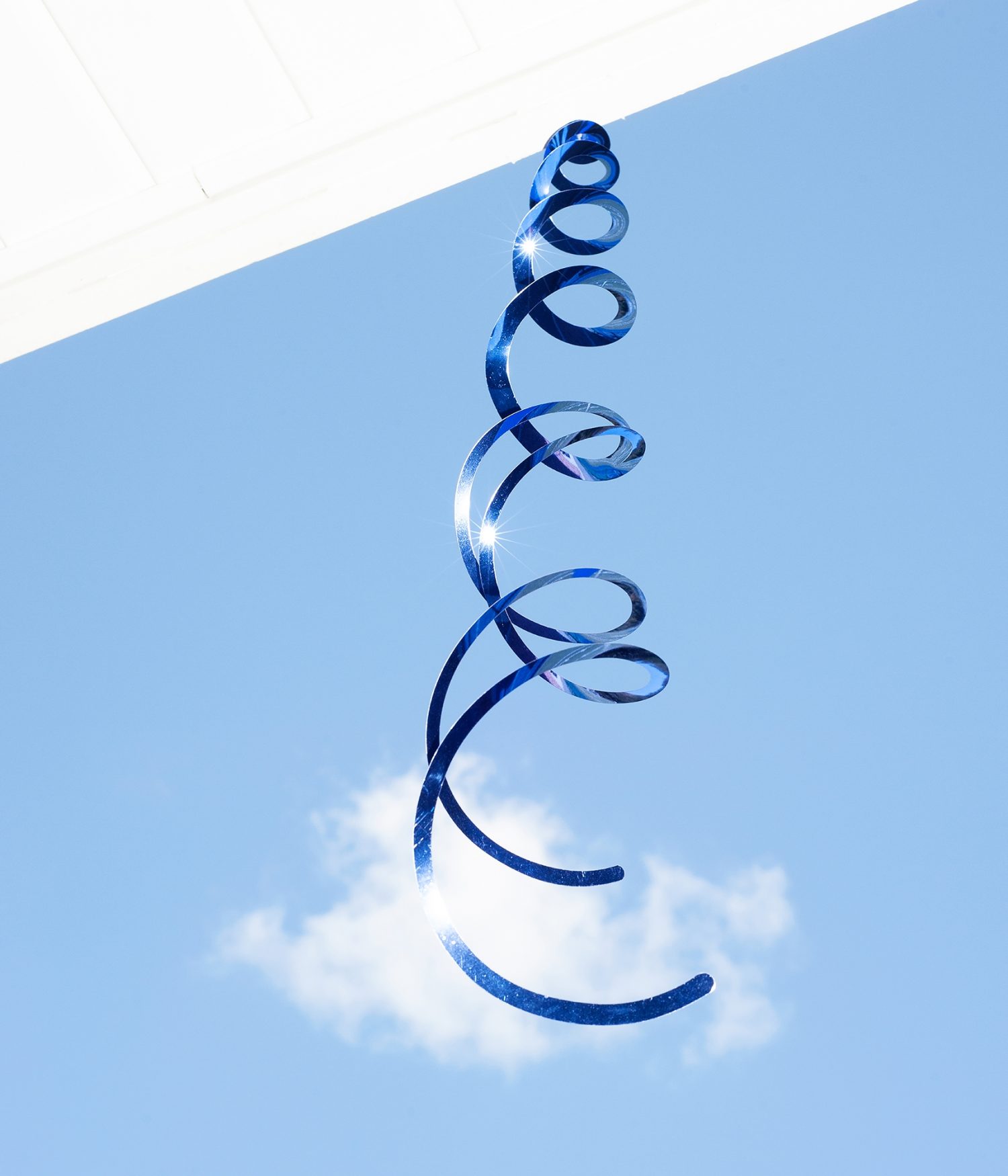
8/11: Bella Convertino, Untitled, 2019
-
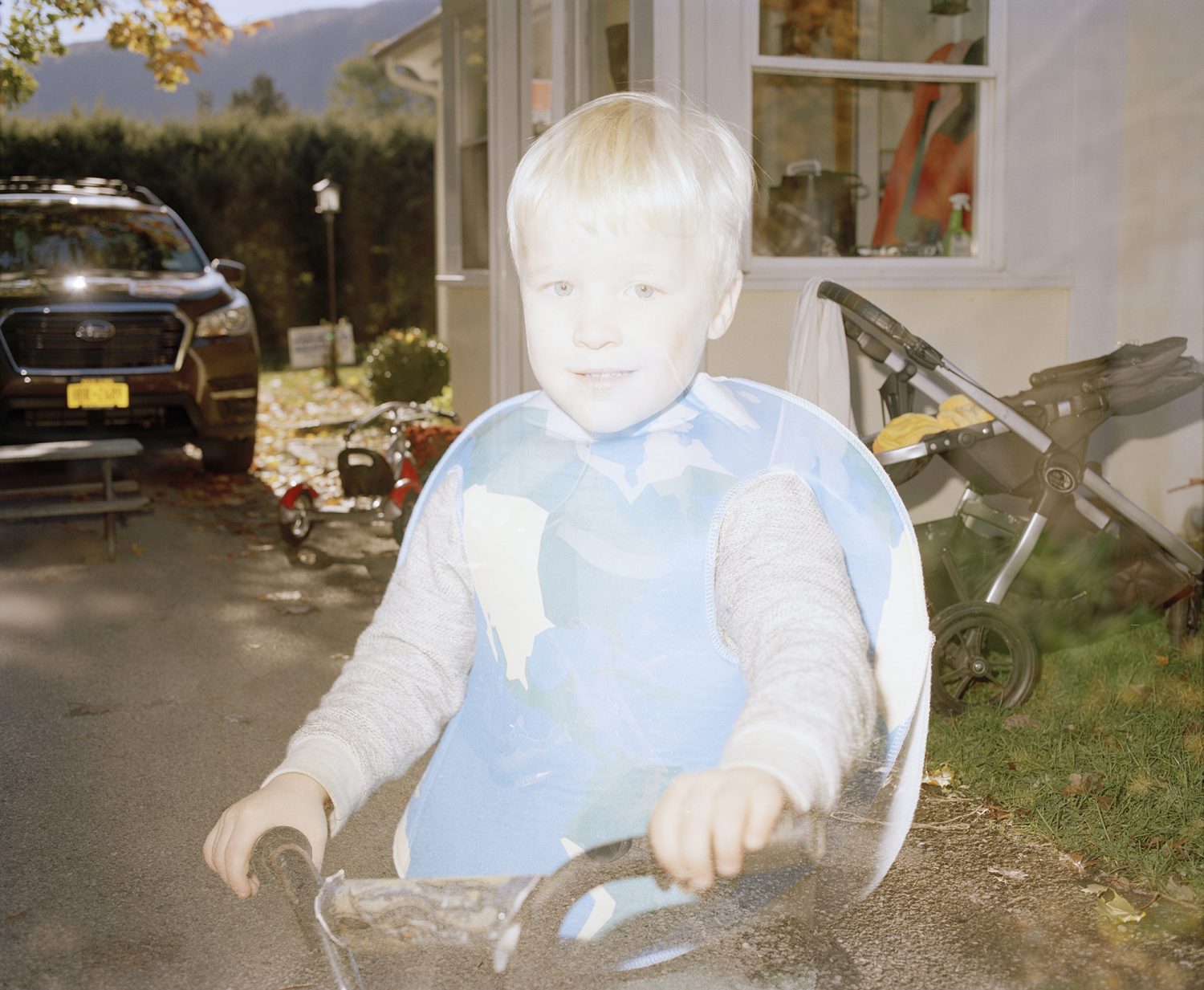
9/11: Bella Convertino, Untitled, 2020
-
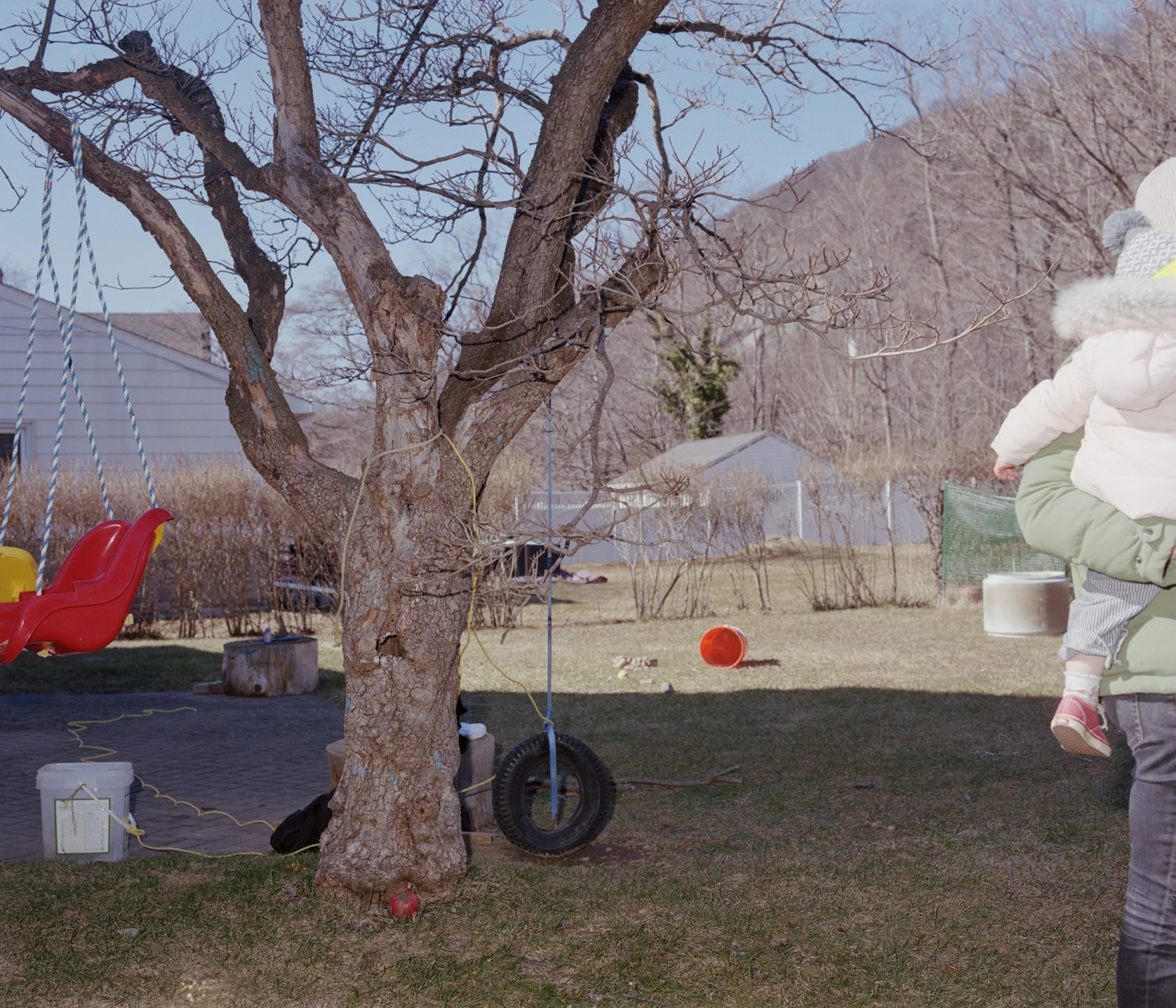
10/11: Bella Convertino, Untitled, 2020
-
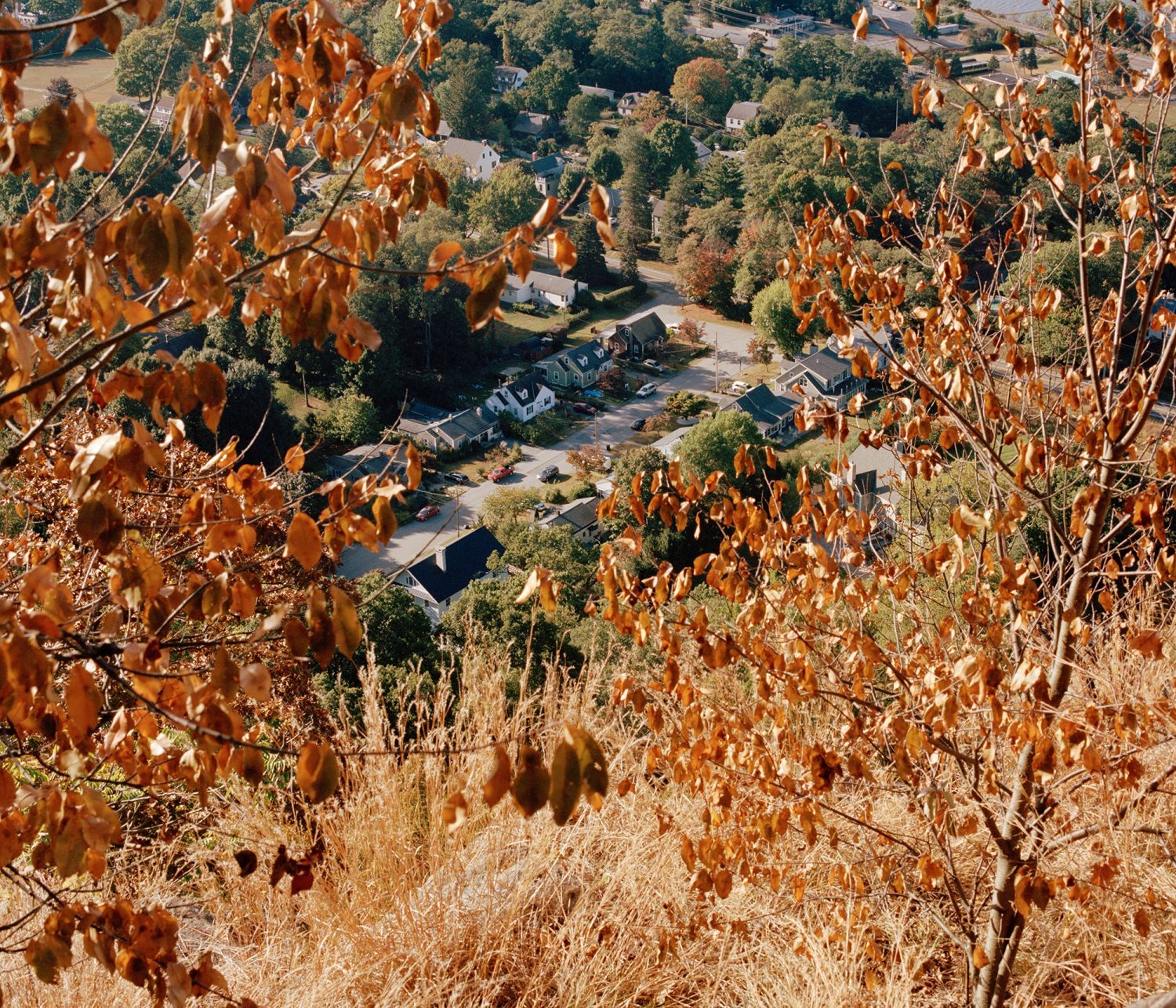
11/11: Bella Convertino, Untitled, 2019
Silver Eye Scholar and Carnegie Mellon University Senior Lily Bridges recently interviewed Isabella Convertino about her photography. Bridges writes:
“I was initially attracted to Bella’s photography as I was able to register notes of my own notions of growing up in small-town American culture. I felt a certain affinity with her active suspicion towards performance of gender and whiteness in these spaces and investigating what home and privacy mean through architectural, constructed, and cultural narrative. From growing up in a small town in upstate New York to where her practice continues to take her, this is a conversation with Bella Convertino on pressure, bursts of light, flailing, and photography.”
Below is an excerpt from her conversation with the artist.
Lily Bridges: Why do you think you are attracted to photographing the people and spaces you do? What is that impulse like for you? And, if you can point to one, what is a pivotal moment in your life that defined your relationship with photography today?
Isabella Convertino: I lived in an area separated and dispersed by thickets and woods—homes in this town were dispersed, separated, and never united by any sort of central location, like a main street or town hall. Nothing of the sort that signifies those traditional ideas of community. The “woods” is a ubiquitous descriptor… there was nothing visual to latch on to. So, my visual understanding of community was strange. I was always fascinated by trite ideas of what living in a community looked like, and what filmic narratives had to say about coming-of-age—how it happens and where it unfolds. Of course, these depictions of community were white and cookie-cutter (I wasn’t watching any radical cinema growing up), but they felt reinforced by stories told to me by my parents, who grew up in reminiscent neighborhoods. I became really interested in these hyperbolic expressions of community. This was the beginning of an early fascination with community architecture and its specific iteration in filmic narratives as defined by whiteness & heteronormativity. I'm interested in questioning it and in experimenting with its image hood. How can it be made hyperbolic? How can it exist as a lie and a truth at the same time?
To shoot the sun arose from intensely personal experiences from high school relating to being involved in harmful adolescent relationships. There was a certain amount of trauma that I carried with me—it affected my relationship with my body, and I felt this overwhelming frustration with femininity in general. I just didn’t want to be in ownership of my body, or to be seen and consumed as an image. The only way I knew how to cope with this feeling was to divert my gaze onto the male body and to start to investigate masculinity within particular spaces. From there it became more complicated and more conceptually weighty, growing increasingly concerned with ideas related to power, intimacy, and whiteness, all within the suburban setting.
There is a constant worry that the images fail to subvert anything and only perpetuate the things they are imaging. I think that reality is present, I don’t think that is something I can negotiate. It is impossible to deny.
LB: I think it is a fine line, and I agree with you that I am not sure if it is exactly subverting but I see your images putting these ideas under this lens of suspicion… this active suspicion. It’s more than shooting back or turning it around on itself; it is exposing its construction through your experiences.
IC: I think that’s really accurate—maybe it is not a conscious attempt to subvert, as so much an attempt to source something back to its origin. I’m interested in how identity is constructed within private spaces, and it is then wielded within the public sphere. Suburban settings are an interesting case study for this. Privacy (and private identity) is emphasized throughout but bleeds into the public eye in strange ways… through the front yard, the street, and the family car. I think about how, in these small communities, there are very concrete points that we travel between, and process experience through. I am interested in this very literal and simplistic construction—these triangular states of existence in small-town life in which small dramas play out.
LB: What do you think makes you so (visually) sensitive to these landscapes and their patterns? Why do you think you approach the landscape like a study?
IC: Because I never really knew them, and I don’t fully understand them. Photography, for me, often feels like an obsession with imaging the unsaid. Because photographing something felt, and not seen (at least in the ordinary day-to-day, or played out in public space), is so hard to do, I feel investigative. I have to understand small, broken details—things on the periphery of the issue at hand—to feel that an implication has been made.
I am particularly interested in remaining outside, within the landscape itself, because I feel that I can better speak to the idea that to suspense and ambiguity—to the idea that something has happened. Outside, I am not working with the kinds of potent visual relationships between subjects and their interior lives that inevitably arise when working within someone’s home. There’s so much more for the viewer to grasp, to draw conclusions from. Moving inside would take away from the challenge of depicting the relationship between tension and interiority when working in a vast and public space, as well as my freedom to make specific choices in regards to how I render the environment.
Participating Artist
Isabella Convertino (b. 1998, she/her) is an American artist currently living in New York, working with photography and video. She earned her BA from Wesleyan University (CT) in 2020. Her work is frequently featured in print and online, and internationally recognized by PHROOM, Kommunale Galerie Berlin, Pioneer Works, OD, i-D Italy, and Antics Publications, among others. Her first book, Pack 72, was published by ROMAN NVMERALS in 2018. Convertino is interested in the relationship between whiteness and gender performance, compounding memory and trauma as points of departure. Her images navigate and record episodes of power, fantasy, and typicality in the suburban and domestic settings. Convertino is currently an Editorial Work Scholar at Aperture.